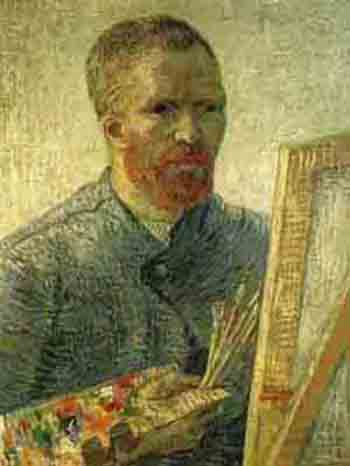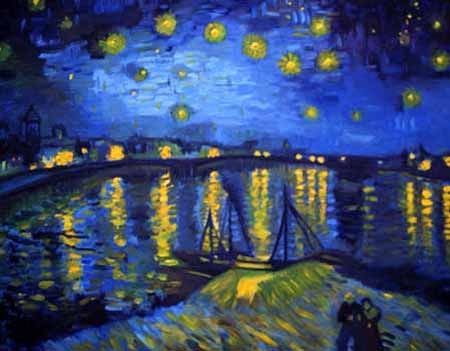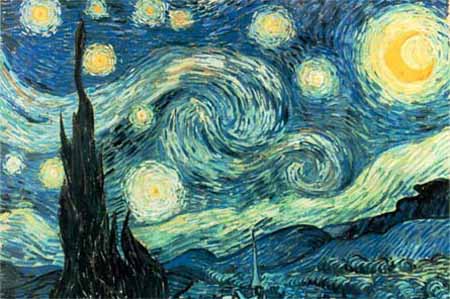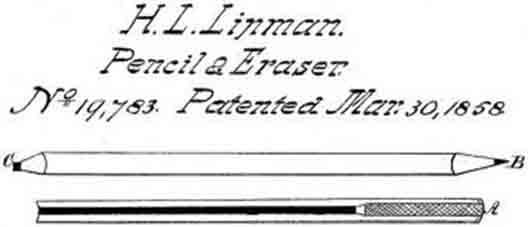Patty Duke
December 14, 1946 - March 29, 2016

Patty Duke, Oscar-winning American actress, dies at 69
Patty Duke Wikipedia
I remember Patty Duke's performance as Helen Keller - imagining what it would be like to be trapped in a body without the primary senses that help shape our lives. Brilliant performance from a remarkable actress. She was diagnosed with bipolar disorder in 1982, after which she devoted much of her time to advocating for and educating the public on mental health issues. She died on March 29, 2016 of sepsis from a ruptured intestine.


World BipolarDay is dedicated to increasing awareness
and ending the stigma of bipolar disorder.
was posthumously diagnosed with bipolar disorder.
March 30, 1853 - July 29, 1890

 Vincent van Gogh Google Videos
Vincent van Gogh Google Videos
Vincent van Gogh was a Dutch Post-Impressionist painter.

I am not an adventurer by choice but by fate.


Art by Vincent van Gogh
Last week we experienced the inappropriate "Trump-Cruz Wives" Twitter Wars. Tuesday featured another story involving wives - EgyptAir hijacker suspect allegedly hijacked plane over ex-wife. The way one treats their wife and relationships goes to the mental health of those involved. The Real Housewives reality series pits vicious vindictive women against each other in staged venues. It's all about the craziness that permeates the hologram and the lack of respect people have for one another. Many men I read refer to their ex-wives as bipolar bitches. Did they ever think that the dynamic between them catalyzed their behavior? No ... it's always the wife's fault. As for marriage and relationships - they work for some not others for any number of reasons at different points in a person's life. Don't try to make sense of it. Many have tried, few have succeeded.

History of the Lead Pencil
The pencil with an eraser on its end is an American invention, depending on what your definition of invention is. Hymen Lipman of Philadelphia patented the pencil-and-eraser on this day in 1858. An early milestone in its development was the 16th-century discovery of a large deposit of graphite in England, which led to the mineral's widespread use in writing. At first it was wrapped in string, then later in hollowed-out wood. A German company, Faber-Castell, contributed the innovation of a hexagonal shape, to prevent it from rolling. The modern pencil's trademark yellow color traces to China, which produced the best graphite. U.S. manufacturers used the color, which represented royalty in China, to signal to consumers their product's grandness.
The rubber eraser came in 1770, credited to Edward Nairne, an English engineer. (Until then, soft bread was used as erasers.) Lipman's creation made him rich when an entrepreneur, Joseph Reckendorfer, paid him $100,000 for the patent, which is a seven-digit figure in today's money. Reckendorfer had hoped to make a great deal more money, but the Supreme Court declared the patent invalid in 1875. The justices said Lipman's pencil did not count as an invention because the pencil and eraser already existed. It was not enough to simply join them together.